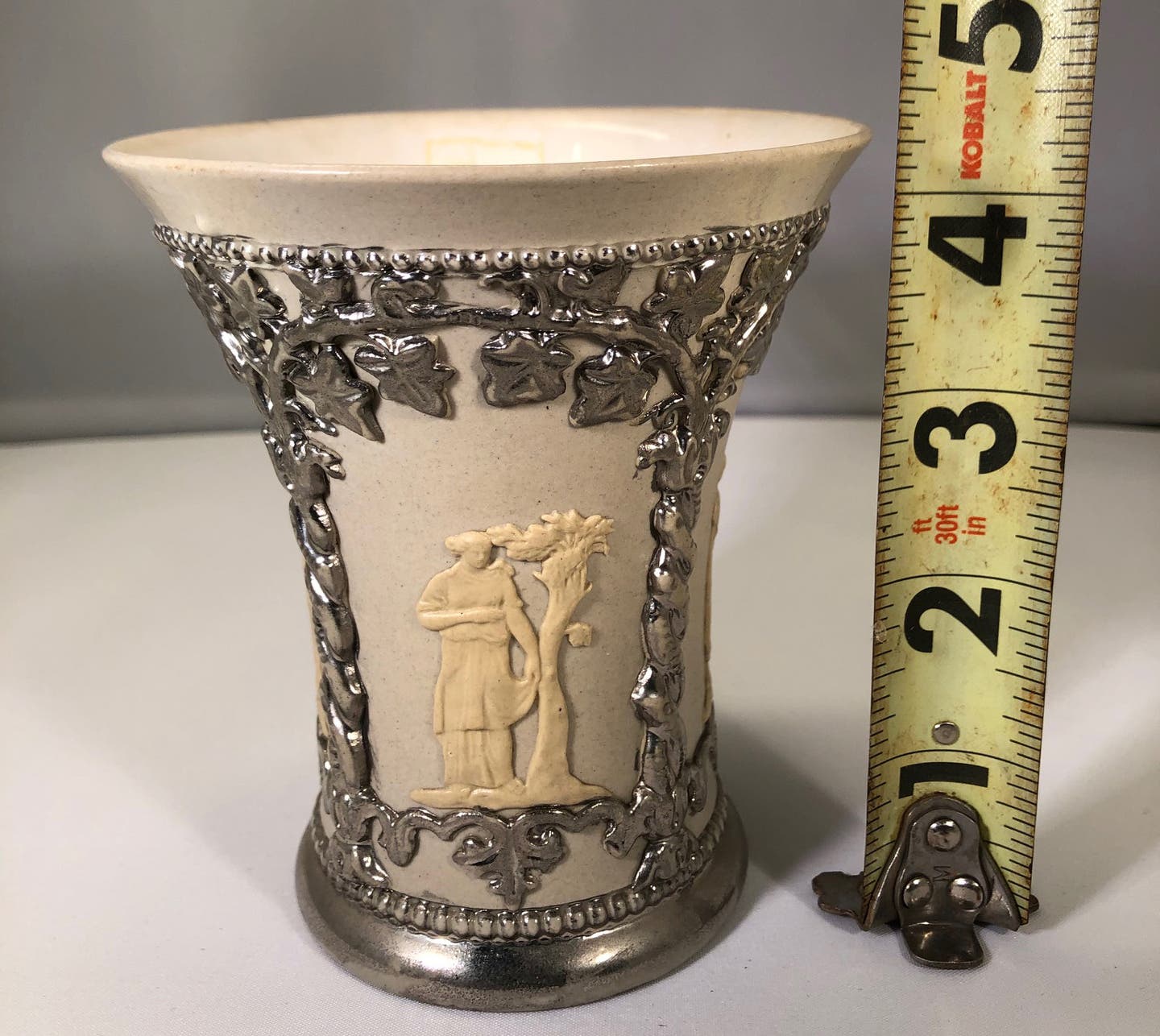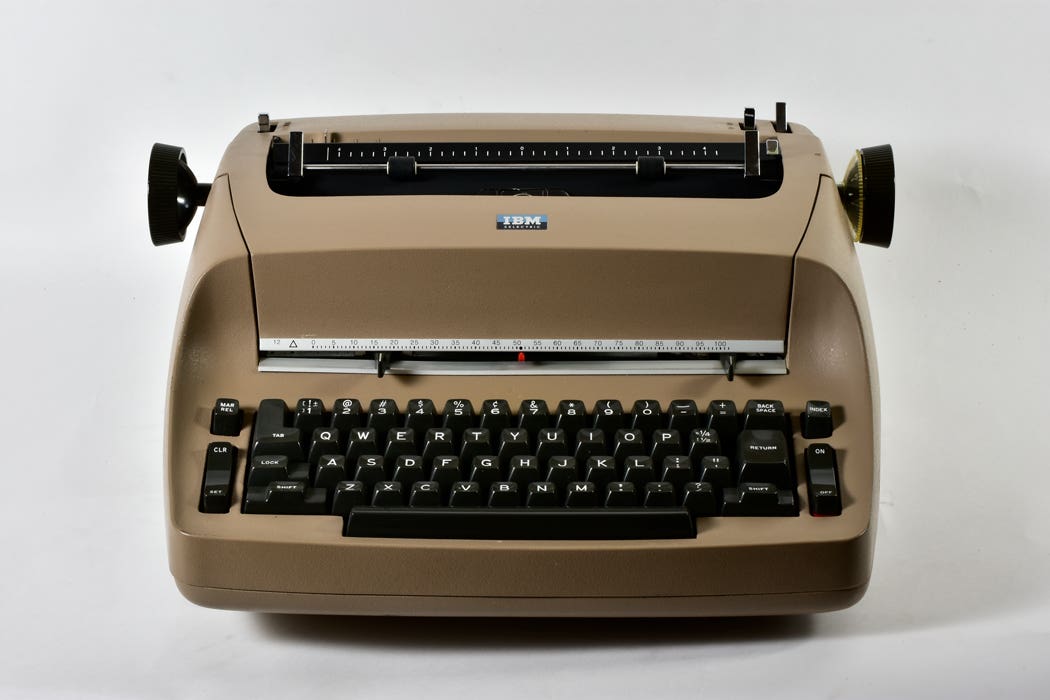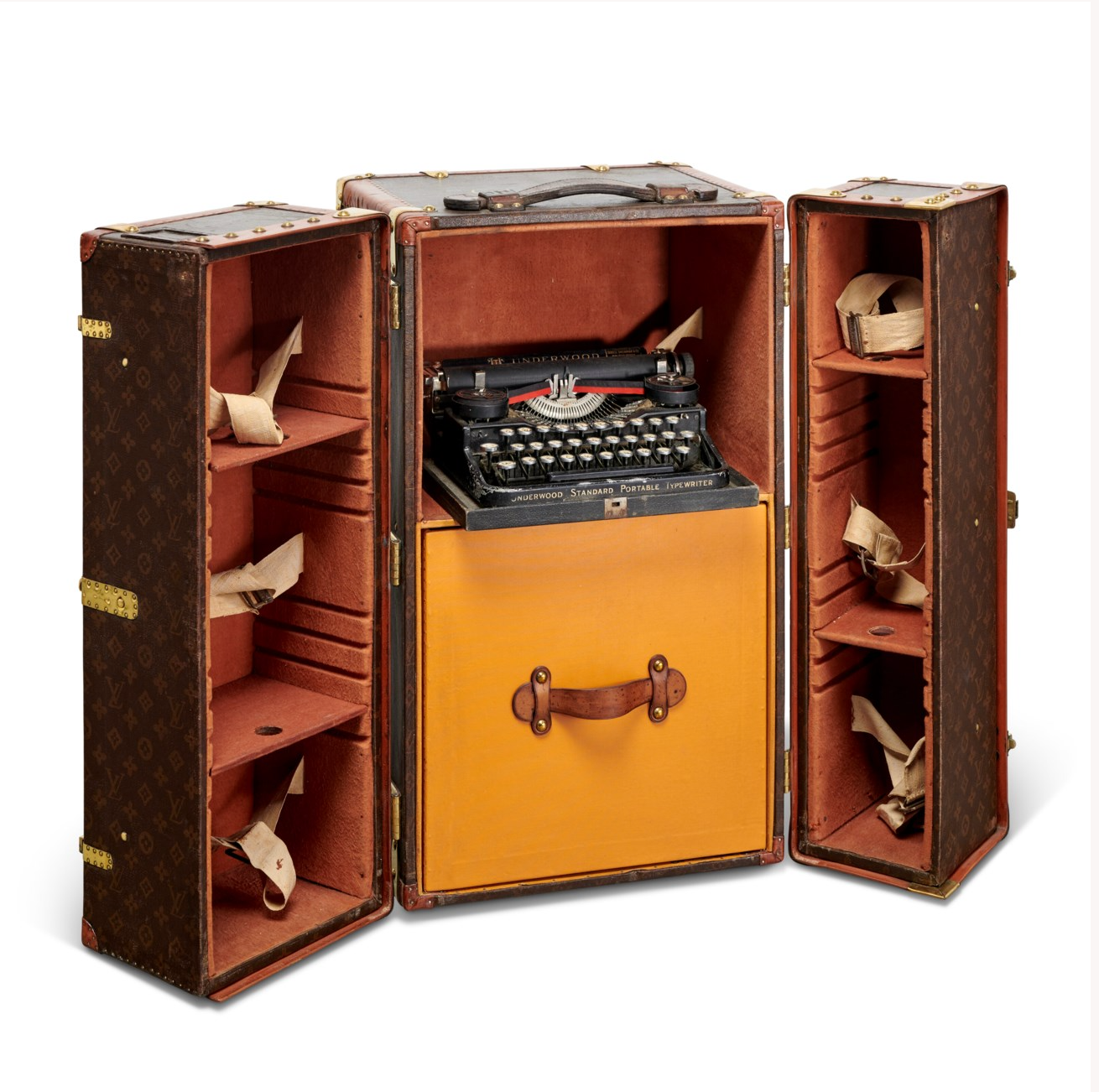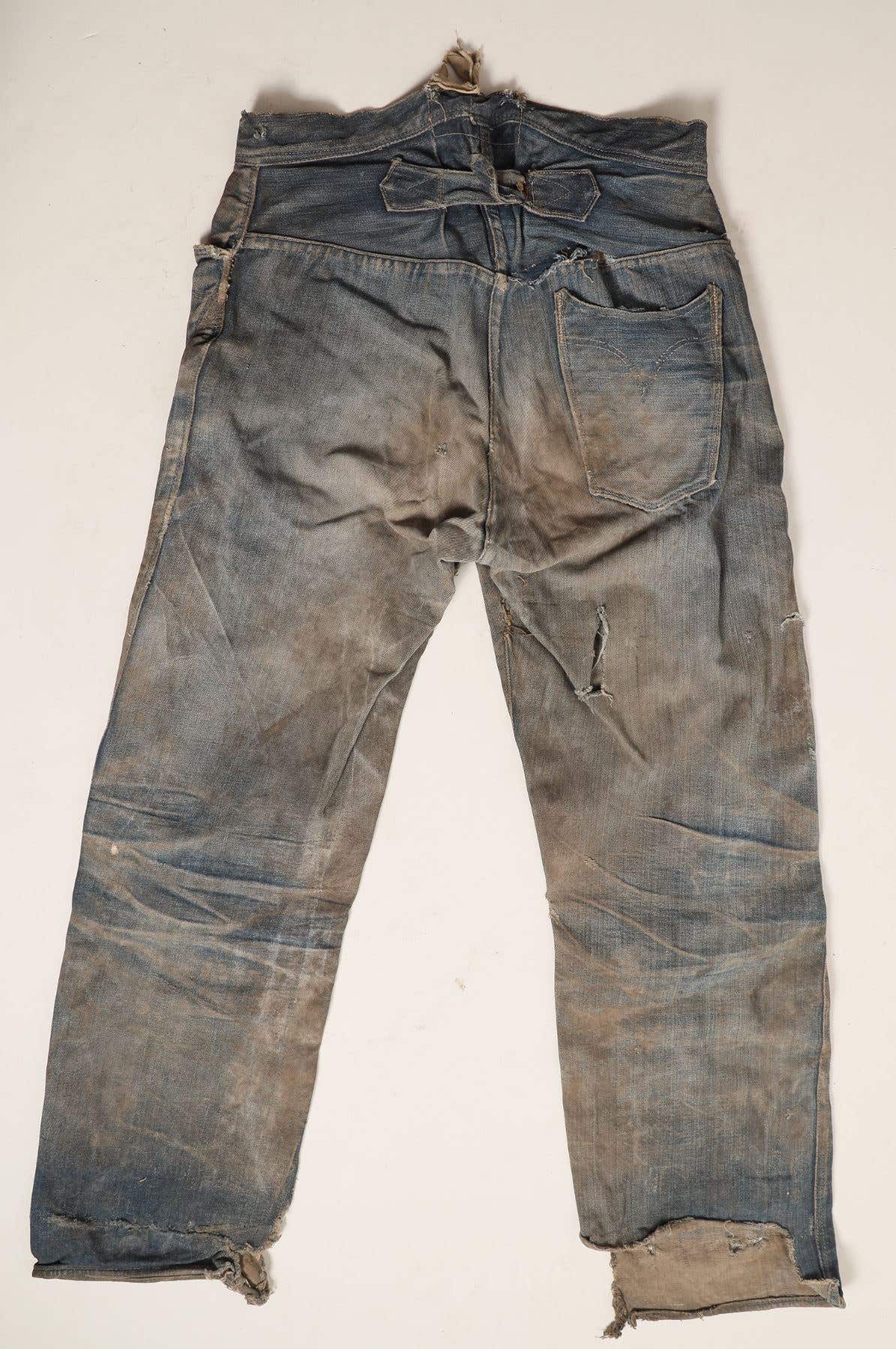Cylinder search ends with Dr. Young’s dilators
The mysteries one may find in a box of a parent’s stuff is sometimes unimaginable, and such was the case with a curious Ask the Experts inquiry fielded by Anthony Cavo.
Q I’ve been searching for several years to find out what’s in the box I found in my dad’s stuff. My curiosity grows as I comb the Internet for answers, but so far I have no idea what these four hollow graduated metal cylinders are. They range in size from 3 1/2 to 4 1/2 inches tall and are very lightweight. They don’t open and have no markings and there are no markings on the box. Could they be some kind of weights and measures gadget? A medical device? Any suggestions? I wasn’t sure where else to ask. I have attached a photo of them for your inspection.
— K.W.
via email
A Well, search no more. These little gadgets are medical devices that were patented in 1892, and usually came in a set of four graduated pieces. Your particular devices are aluminum and date from the 1930s. Before that date these devices were made of hard vulcanized rubber, then Bakelite and finally, aluminum. The Pure Food and Drug Act of 1906 regulated medications, but it wasn’t until 1938 that medical devices such as these were regulated by the Federal Food, Drugs and Cosmetics Act. These devices were banned in 1940 based on the claim that they “permanently cured” the malady they were intended to treat when they simply rendered temporary relief. So, what are they? They are Dr. Young’s Ideal Rectal Dilators used to train and strengthen rectal muscles to treat maladies such as constipation and hemorrhoids.
The first step was to place the dilators in warm water before use (could you imagine forgetting step one? Who would need caffeine?). After the dilators were sufficiently warm, the smallest was lubricated, inserted (yes, you know where) and retained for anywhere from 10 minutes to an hour before inserting the next size up and so on until the fourth and largest dilator was used (not exactly something you could do on your lunch break). The largest was typically 4 1/2 inches in length and 1 inch around.
The Bakelite sets in the original box sell in the $250 to $300 range, the hard rubber sets in the $100 to $125 range and the aluminum sets in the original box in the $40 to $90 range. Your box does not contain the Dr. Young attribution on the inside lid, so it would probably sell in the $30 range. The aluminum, although the least expensive, are the least fragile, so you needn’t handle them with kid gloves, although you may want to.
So, those years of searching must have left you pooped, but once again, the experts here at Antique Trader have managed to solve another mystery in the end. (Cheap? Yeah, but I just couldn’t resist.)
------------------------------------
Q I found a picture of President Kennedy that was painted or drawn by James Dobbins. It is called “My Son, My Son,” and is number 766 out of 2,500.
It is still wrapped in cellophane; the condition is perfect. It is just like I put it away years ago. Do you or your readers know the value?
— S.R.
Waltham, Mass.
A Although you did not submit a photo of your poster, I am familiar with the edition. The poster has a political cartoon format that depicts a forlorn Uncle Sam seated on the ground with his head bowed low toward his knees, and above him is an image of President Kennedy’s head and the lamentation, “My Son, My Son.”
Recently, an unframed poster from this edition that was signed by James Dobbins sold for $125. Unframed and without Dobbins’ signature, your poster is valued in the $40 to $60 range for collectors of political and historical memorabilia.








